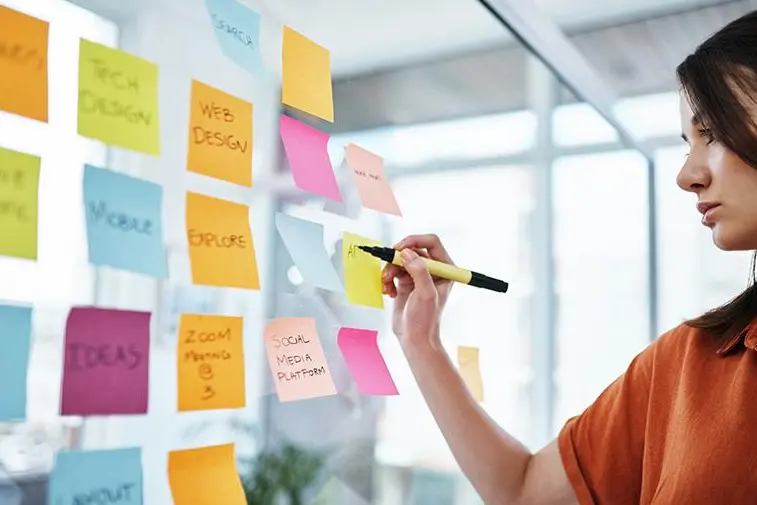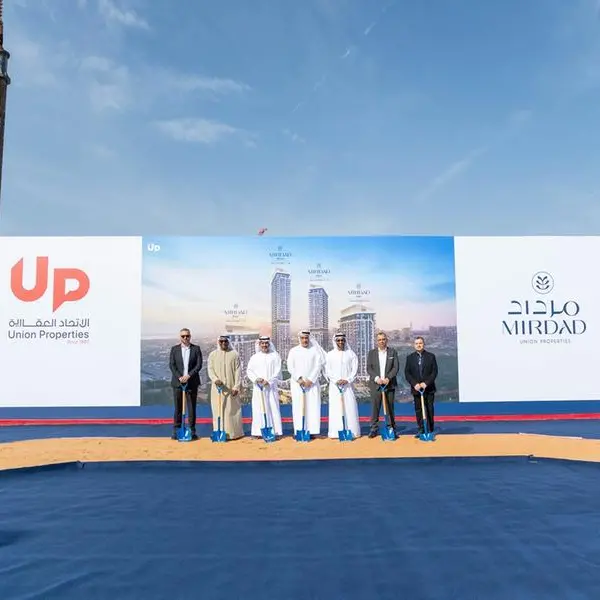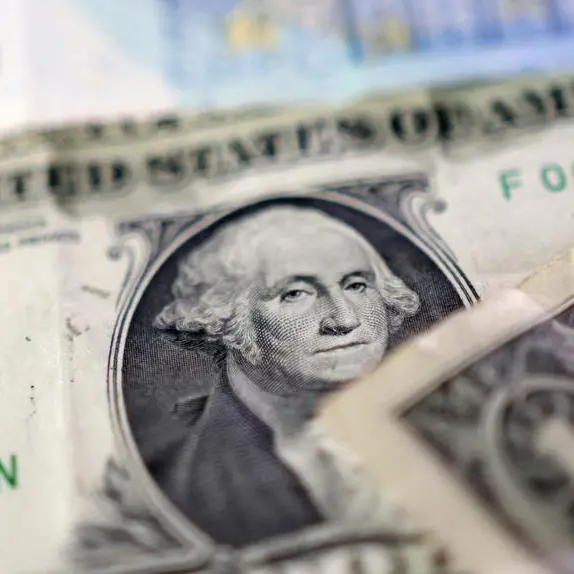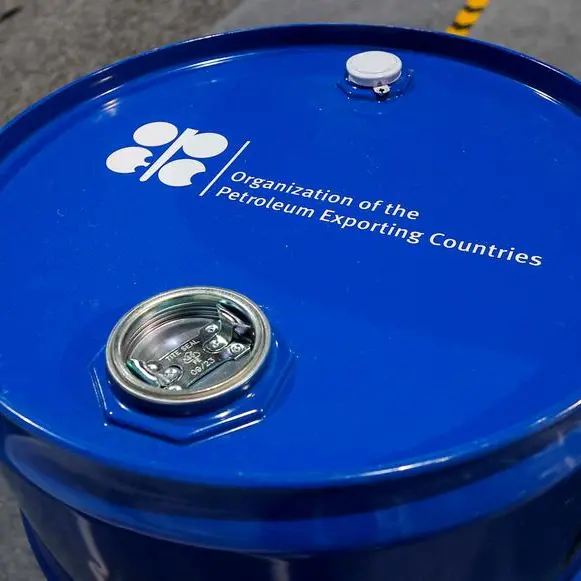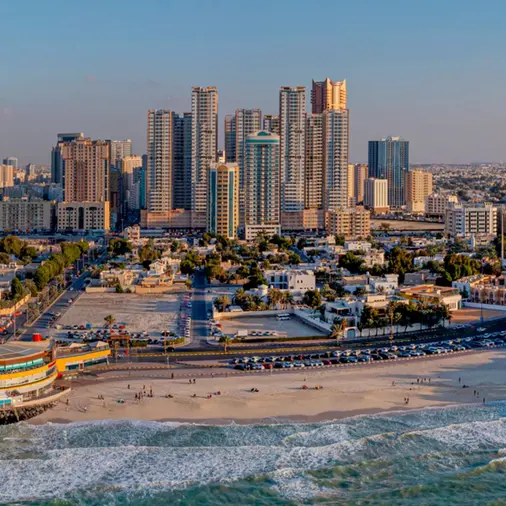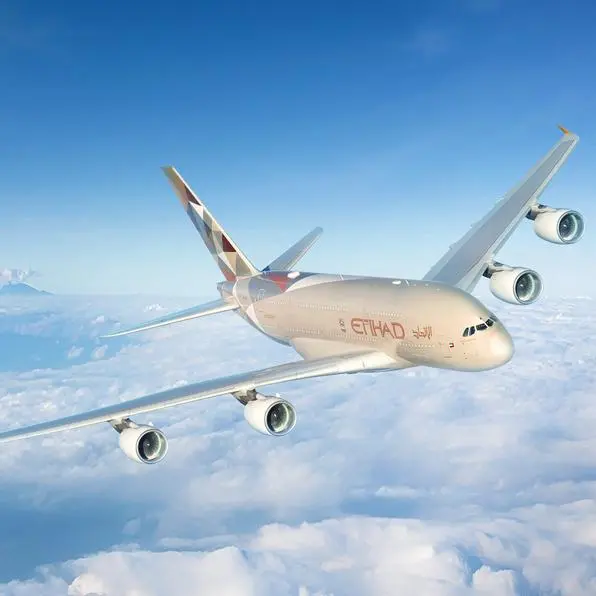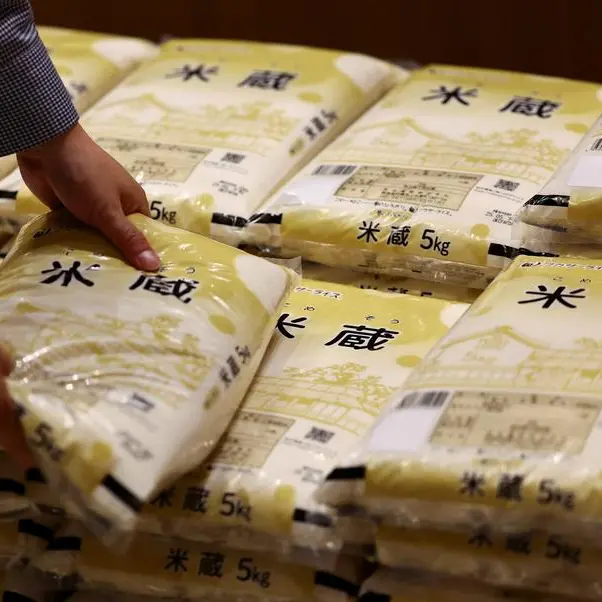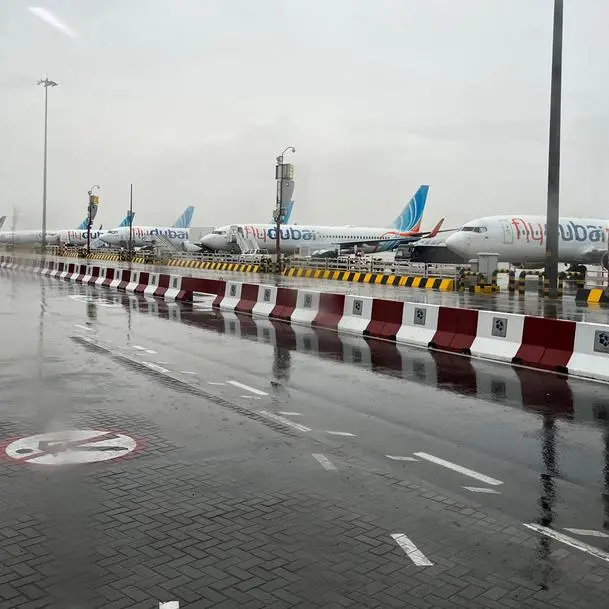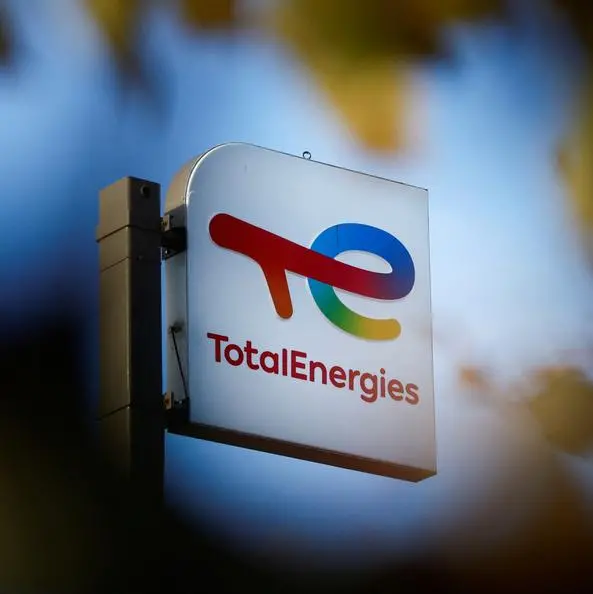PHOTO
ArabFinance: Arab Finance had a one-on-one interview with Rami Darwish, founder and CEO of Arrow Labs, MENA’s innovative technology B2B startup that’s transforming the way businesses manage field resources. We discuss the company’s journey, numbers so far, and ambitious global plans.
Can we start with some insight into ArrowLabs’ story? How and when did you launch the app?
I used to work in blue-chip technology companies, where I specialized in building software solutions for mega infrastructure projects, sometimes an entire city. That entailed building software that interconnects and captures data from various different places in the city to provide a common operating picture for the people responsible to keep our city safe. This was the real starting point.
The challenge was always that the digital world ended whenever we needed to get information from field resources, whether they were technicians, maintenance or security workers, or any other deskless frontline worker. We were forced to go back to manual ways of communicating information over walkie-talkie, SMS, or paper. It was unbelievable how such an important component of the workforce, in charge of critical jobs in the utility of infrastructure and telecommunications, operates without any digital tools, and therefore lack productivity options available for their counterparts in the back office. So, I wanted to build a platform to solve that problem of disconnect between frontline and back offices. And it's a global problem; it's not just a MENA problem.
We took the product to market in 2018, but the company started much earlier than that. We spent years building the platform and figuring out the nuances because there's a lot of complex factors that we needed to incorporate. When you're doing software for office people, you don't need to think about location, movement or connectivity, which drastically changes once you go to the field. So, we spent years on research and development, working with early adopters, building out the platform, figuring out how AI can help in making life simpler and more productive for the frontline. But officially, we launched the platform into the market in 2018.
What services does the app offer end users?
We first launched the MIMS platform, which is obviously our core. It’s the software as a service (SaaS) product that our customers use to streamline and automate what we call tasks. We had some early adopters, like Dubai Ports, where our platform was used to automate the safety and maintenance operations in the port and provide the digital solution to get to zero paper and reduce response time and the resolution time or different problems that happen on a daily basis. This included leaks, breakages of pieces of equipment, something not working, etc. The industrial space was what we launched initially, then we started onboarding a lot of similar companies in the facility management space in the security space.
Shortly afterward, we launched a wearable device, the watch, as a solution for one of our clients, global security service provider G4S, who loved our software but needed it to accommodate the fact that most of their frontline workers do not have mobile devices. It's wearable, so it becomes part of that employee, let's say their digital footprint. It's perfect for a lot of frontline roles, such as warehouse, construction and logistics workers, nurses, and any worker who needs to operate with both hands. It is their way to update their tasks and information digitally in an easy form factor. And of course, it is more cost appropriate given the volume of people.
A 30% increase in operational efficiency is quite the number. So how does your MIMS platform make that happen?
Two things. First, it’s getting rid of the administrative burden that burns time unnecessarily. If you take all of the steps of manual work required from deskless frontline workers to register and file their tasks properly and add it up, you’ll find out it takes roughly 30% of their day. You don't feel it because it's five minutes here, ten minutes there. Our platform eliminates unproductive time in different ways. Paperwork is gone, so there's no paper form filling or fling. There is no figuring out. You know what equipment you need to take to which job and which routes to follow. You know the most optimized plan to do each task, and the report is generated and sent to the back office with a click of a button. That's at the technician level.
Second, a lot of manual work that takes place in the back office gets eliminated, too. With the MIMS platform, the AI algorithm automates scheduling and automatically knows based on the customer's address, which technician is available, what time the service can be delivered, and what equipment is needed. So, it's saving on both ends on the front line and in the back office.
How did you go from idea to execution? What kind of funding did you need to launch the service? How much funding have you received so far? And how will you use the recent $5m raised from a Series A funding from Tim Draper?
An entrepreneur has to spend a considerable amount of their time raising money. You have to build the product, the team, and the customers, and you have to raise money. So, it's just part of the journey, right?
We bootstrapped the company during the early years of R&D and early adaptors. We didn't want to raise money until we had something solid to offer. We really put everything into it, my founding team and I. The ecosystem at the time was much smaller and weaker, too. It's not the same ecosystem we're seeing today, with the number of VCs, investments, and startup funding. Once we had a minimum viable product to launch into the market, we raised our seed round back then for $3 million with global ventures and a family office. This initial seed funding enabled us then to take the product from a minimum viable product into a full-fledged product, which is what we did between 2018 and 2020, when we started ramping up capabilities and features, growing our customer base, and hiring more team members. In 2021, we had a surge in growth due to COVID, where all of a sudden, large organizations realized how disconnected they were.
With many organizations realizing that they have no way to communicate with their frontliners who were taking care of critical jobs in the field due to COVID, we knew that demand was going to accelerate quite quickly. So, we started raising our Series A round late in 2020, and we closed in mid-2021. We raised another $5 million, led by Draper Associates from Silicon Valley, one of the most respected VCs from Silicon Valley who saw the global problem that we're solving. They believed in our potential to scale up beyond the MENA region and expand to Europe and the United States, which we have done. We started from Mena, but we have grown our customer base to the United States, Europe, and Southeast Asia.
It's a different kind of feeling. This tells the world the story that MENA has amazing entrepreneurs who can build tech products that can scale globally. We really do. I think MENA entrepreneurs have a certain quality to them of tenacity and resilience because of the kind of journey they have to go through. You have to be highly adaptable. You have to be able to handle enormous amounts of pressure and a lot of competition on financing and funding.
What’s the current scale of your business? How will your recent partnership with BMB Group change things?
For the time being, we focus on four main industries: construction logistics, telecommunications, oil and gas, and utilities. We work with amazing enterprise customers across the board in every single one of those verticals. They're all realizing the massive return on investment is by digitalizing. Customer service level KPIs are met, their customers are happier.
Today, we operate in MENA, obviously, in multiple countries in the UAE, Bahrain, Qatar, Saudi Arabia, and Egypt. We operate in a couple of countries in Europe, as well, namely, the UK, Germany, and Poland. We’re also onboarding some customers in Greece and in the US. We actually have a base and physical presence in the US, with a dedicated team there. And we're starting now to scale to Southeast Asia through partners.
Recently, we partnered with BMB Group, a partnership that we're super excited about. BMB is a very respectable and large technology and system integration provider in MENA and South Europe. Our portfolio of products complements their IoT cable, their capabilities, and the customer verticals that they typically go after, which align with our verticals. This partnership increases our scale and our reach as a company.
Can you discuss your market in terms of competition? What is your edge?
In a way, it's a virgin area. If you look at some of the research done by IMS or Gartner, you’ll find that field service personnel digitalization is a raw market. Some 52% of global field technicians have not been digitalized. You're talking north of 20 million, at least, just in that one segment. They've been neglected out of the digital transformation movement for the past 20 years. I think it's time to rectify that. I see a lot of social impact and value being delivered to the workers, but also to the companies and the businesses. So, it’s a win-win situation and a massive market opportunity.
We mostly have no competition in this market. We see more direct competitors in the United States where this is now becoming a hot topic and you're seeing competitors come up. But we've been able to demonstrate the strength and capability of our product against the competition. And it's still a very large market so I don't see it as a single-player will take all. I think the market is so large that there's room for a number of players, but we are working to become the global de facto leader.
Being from MENA, we had to build capabilities in our product, maybe that in other regions, other competitors wouldn’t think of. For example, the addressing system: in the west, it is very structured, ranked and rigid, while for us, we have to rely on GPS. So, because we built all this GPS capability, it became very beneficial for our customers in other geographies. It gave us a competitive advantage. Add this to our wearable device, which is super popular across the board with our customers in every geography in the US. We also have a unique way in how we use AI and ML to solve a lot of problems that other products might not enjoy.
What were your biggest challenges to seeing your idea to execution? How did you overcome them?
I think, in the earlier days, it was convincing the market and raising the customers’ awareness. In the beginning, our product raised a few eyebrows, because our region was familiar with consumer-oriented startups, not B2B. Then, we had to prove that we can rise above the challenge and build something successful. Financing options were not available. Back then, there were maybe two or three VCs in MENA in total. Such challenges came with their benefits. We became more experienced in managing finances and being capital efficient.
Can you run us through your business model?
We wanted to do what we do in a unique way from a business model perspective. We want to be flexible with our customers so they are able to choose, so we've built our platform to be completely modular, with a pay-per-use business model.
Can you share any figures on YoY growth for the top line, EBITDA, bottom line, or maybe a CAGR over a particular period? What period did you notice the biggest growth? Any correlation with pre/post-COVID-19? More specifically, how did COVID impact your business?
I can share with you the most important figures. We've successfully raised two funding rounds and a net total of $8 million so far, with new funding rounds coming down the road. This will help us continue as a successful company, with growing top lines and bottom lines, and enhance the health of our business.
We have been growing at triple digits, and we're very likely to achieve higher growth rates in 2022 and 2023. We have grown our customer base by 200% between 2021 and 2022 and our geographic footprint by 300%. We continue to grow in almost every area of our business, whether it's our ARR or our MPP. The only number that doesn't grow for us is our churn; we’re very happy that we have a zero-churn rate as a company.
COVID wasn't that bad from a business demand perspective, but obviously, it was bad in almost every other way. The silver lining for us was customers realizing that not digitalizing the most important component of the workforce is a big mistake, which boosted demand.
What are your clients’ biggest complaints? How do you address them?
Clients always aspire to more and we work towards providing it. We have a very happy client base. This is evident in our ability to retain our customers and expand into new clients. And of course, we constantly strive to become more innovative and more transformative to our clients and more responsive to their needs.
What are your future plans? Do you plan to raise additional funding? Are you venturing into other uses, sectors, or regions?
Vertical expansion is key. We're looking at a lot of demand, with a lot of potential in mind. For example, the mining sector is in desperate need for our product and not just from a productivity perspective, but also from a life-saving perspective.
We’ll definitely continue to expand into new geographies and new countries. We're looking forward to onboarding some new amazing customers to bring. Right now, we're focusing on the very short term, we're pushing to grow our footprint in the United States. We're investing in technical embracing capabilities customized to those markets.
We have a mixed client base; industrial, commercial, and government. We're working a lot with telecoms, and we're looking to onboard more companies from other countries and in the MENA region. We have industrial oil and gas providers that we target in every country.
As for funding, it's an ongoing part of the journey. We grow to each milestone and then we raise funds to grow to the next. Business is excellent, so I think it’s something that you'll be probably hearing about in the very near future.
Copyright 2022 Arab Finance Brokerage Company All rights reserved. Provided by SyndiGate Media Inc. (Syndigate.info).
